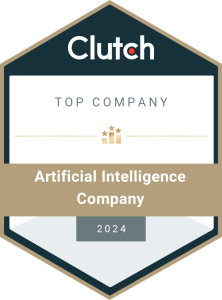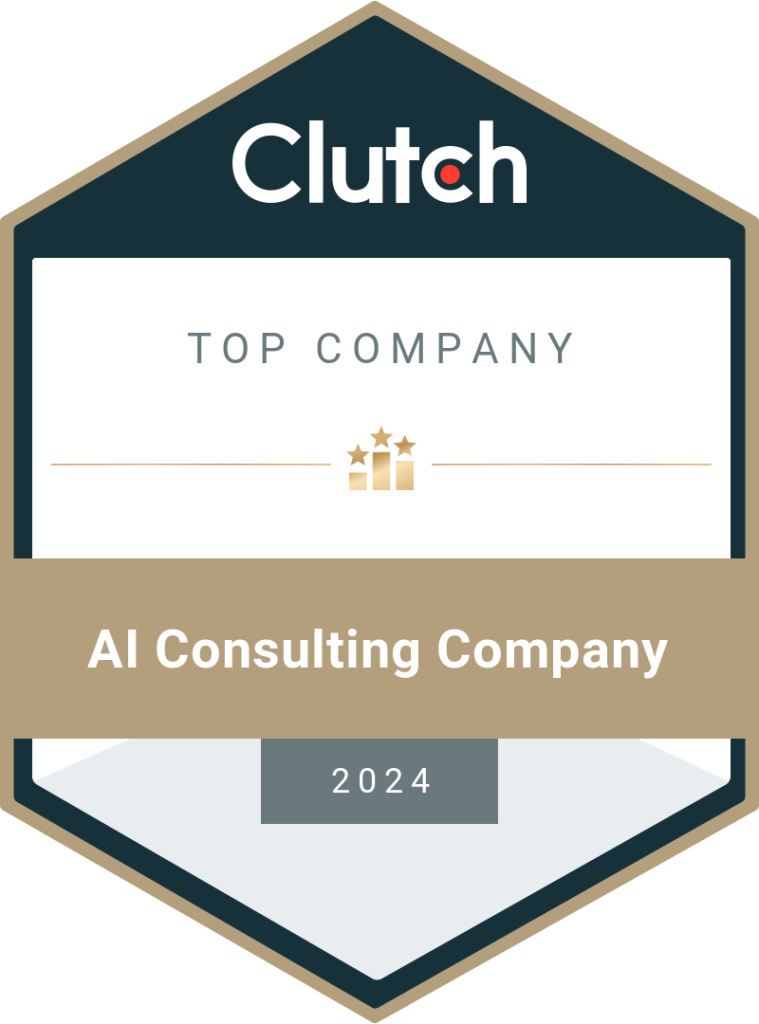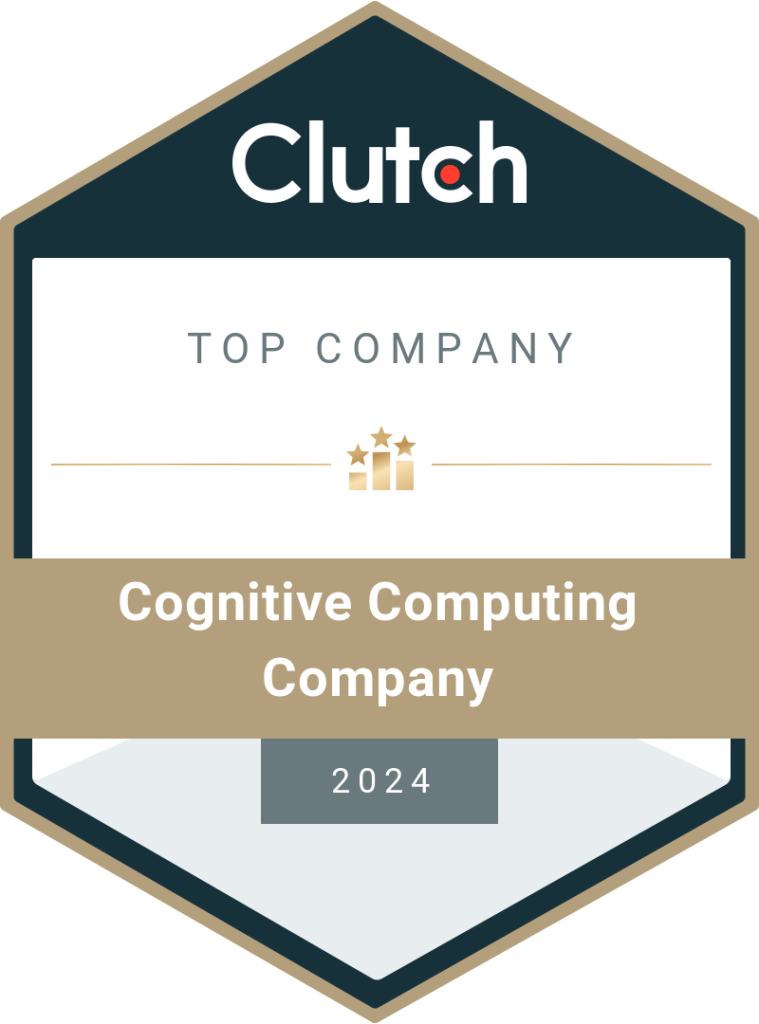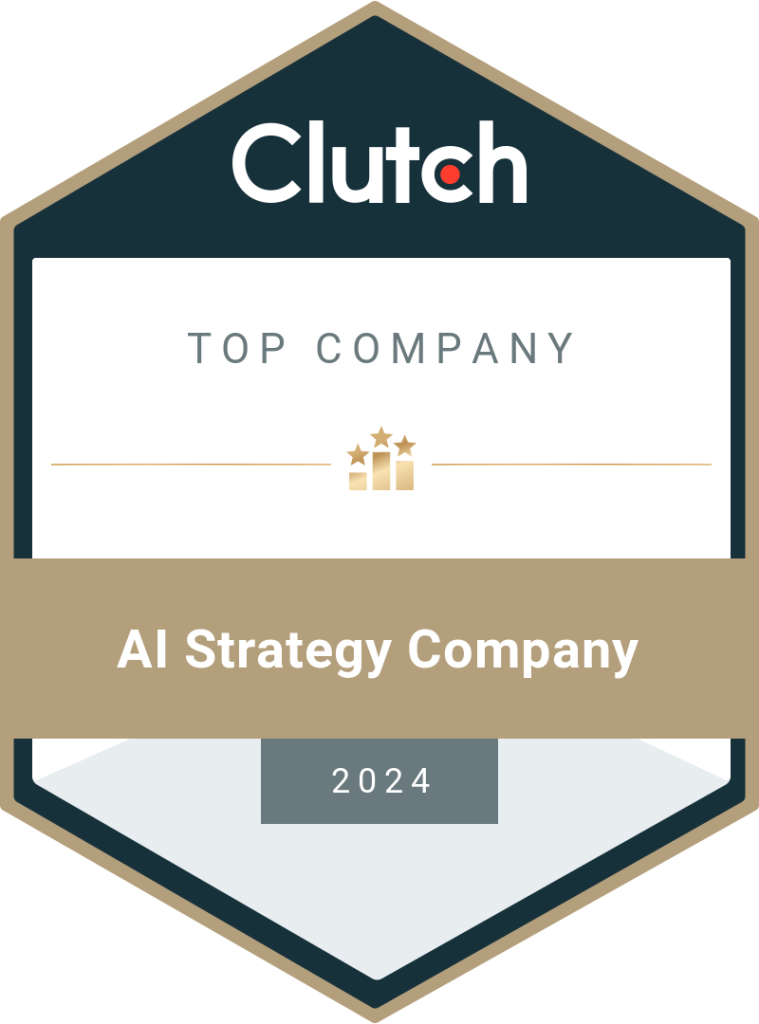Building a Cost Effective Data Pipeline – The Intelligent Approach
A data pipeline can bridge the gap between raw data and actionable insights by creating a comprehensive and multi-step infrastructure on-premises or cloud platforms. Here, we’ll discuss data pipelines, analyze their associated costs, and demonstrate how to construct profitable pipelines using modern data engineering techniques. Data is everything for a business, be it a startup or a multinational enterprise. Converting raw data into actionable insights helps an organization make decisions quickly and gain a competitive edge. The process of transforming data into insights happens in complex data pipelines, a system where data from multiple sources goes through various stages like cleaning, storage, transformation, formatting, analysis, and reporting. The data pipeline is vital to implement the data-driven model in an enterprise. Fortune Business Insights reports that the global data pipeline market will reach $33.87 billion by 2030 at a CAGR (compound annual growth rate) of 22.4%. Tools and technologies are an integral part of the data pipeline. According to a report by The Business Research Company, the global data pipeline tool market has grown from $11.24 billion in 2024 to $13.68 billion in 2025 at a CAGR of 21.8% and is expected to touch $29.63 billion in 2029 at a CAGR of 21.3%. The same report says that the increase in the adoption of cloud computing technologies and migration to cloud platforms contributes to the higher demand for data pipeline tools. Tech giants like Google, IBM, Microsoft, AWS, etc., are among the top companies whose data pipeline tools are used by enterprises from around the world. However, data pipelines come with a few complications, money being the biggest concern for businesses. Is your data warehousing setup draining your budget? You are not alone! Data pipelines that haven’t been optimized and managed effectively become costly over time and drain business money. In this blog, we’ll learn more about finding out if your data pipeline is expensive and how data pipeline management using cloud solutions can optimize costs. Building a Cost Effective Data Pipeline Microsoft Azure and AWS (Amazon Web Services) are the top two cloud platforms in the market, followed by Google Cloud. You can migrate your existing data pipeline and architecture to the cloud or build a new cloud-native data pipeline and optimize it to save costs from spiraling over the years. With help from data engineering companies, you can make informed decisions about how to use existing resources to maximize performance and get better results by investing in cloud solutions. Structuring the Pipeline Start with the basics. If the foundation is strong, the entire data infrastructure in your organization will be robust, scalable, and aligned with your objectives. Identify and define the goals of building the data pipeline. Set the path for data flow and check which processes can be run in parallel without consuming too many resources. Create comprehensive data security, governance, and compliance documentation to ensure no one who is not authorized can access the system or data. Parallelization Parallelization is the process of dividing data processing tasks into smaller units that can be executed in parallel or concurrently across distributed computing resources. This is done to make the data management system more effective and increase its speed. It also makes the data pipeline easier to scale as and when required. Data engineers use different techniques like parallel execution, batch processing, distributed computing, etc., to achieve the goals. Cloud platforms like Azure and AWS make parallelization simpler by allowing experts to choose the resources and programming language to set up concurrent processing. Increase the data pipeline performance without adding to the cost. Caching and Compressing Caching reduces the latency of data pipelines to promote near real-time data processing and insights. A high-performing data pipeline will use caching and compressing techniques. With caching, the data is temporarily stored in the memory. With data compression, the size of transferred data is reduced, thus limiting the load on the network. Together, the entire data processing model will be quicker and more effective while consuming fewer resources. This ultimately reduces the cost of maintaining and using the data pipeline in your organization. The data engineering team will balance the procedures to free up computational resources and allow the processing of large data volumes in quick time. Azure Spot Virtual Machines Azure data engineering services give you access to spot virtual machines (Spot VMs) which are available on an auction-based pricing model. It is cheaper than the pay-as-you-go subscription model though Azure has the right to reclaim them if other customers require the capacity. If you have non-critical workloads with flexible start and end times, a spot VM is the best place to run them. Businesses can benefit from unused Azure capacity by using it for their processes. The pricing is categorized into three models: achieve, cool, and hot. You can also automate the processes to speed up the results. Shut Down and Remove Unused Resources A common reason for increased costs is the presence of unused resources in your plan. Data engineers can identify such resources and shut them down to optimize costs. This can be easily done by using tools like Azure Advisor and Azure Cost Management. The cloud platform provides customers with numerous tools and applications for resource and cost optimization. It’s up to you to use them effectively to manage the data pipelines. Even after shutting down idle resources, they will still accumulate in your account. When you no longer require the resources, remove them and increase the storage capacity. It’s vital to know why a resource is not necessary and how removing it doesn’t affect other processes. Infrastructure as Code (IaC) AWS data engineering has a practice called IaC or infrastructure as a code. It is the process of setting up and managing the systems using code instead of manual processes. Simply put, the developer will write code for the infrastructure that will automatically be executed whenever necessary. It is similar to how a website or a mobile application works. IaC is a great choice for DevOps teams
Read More





